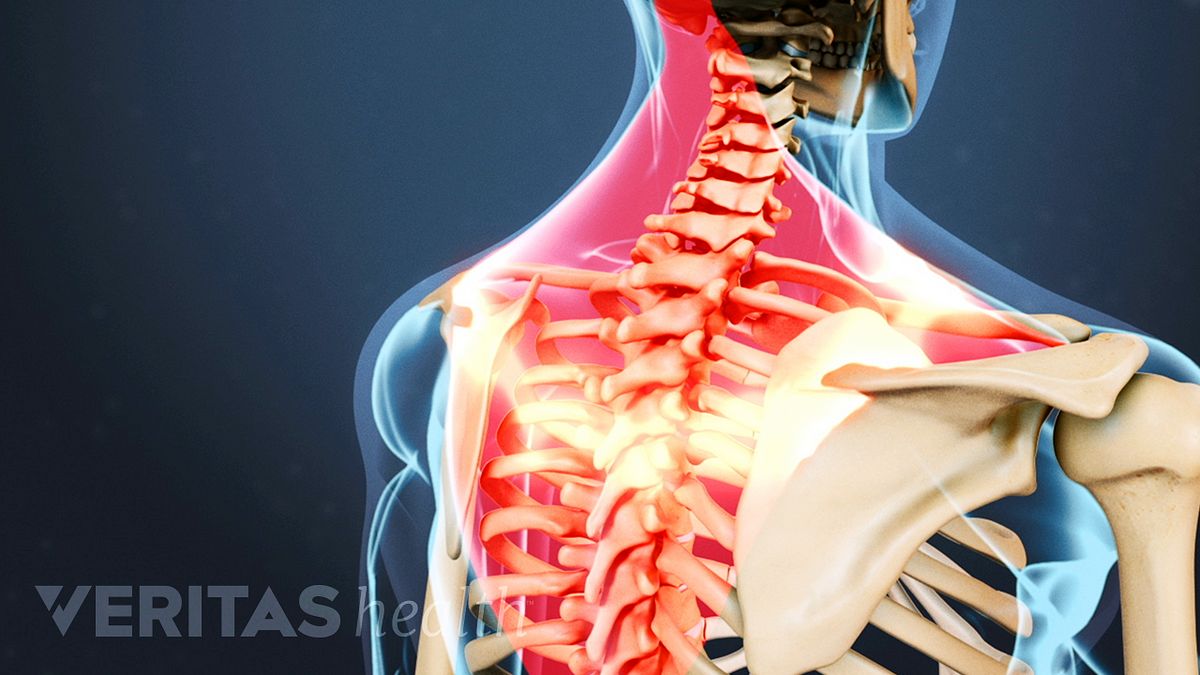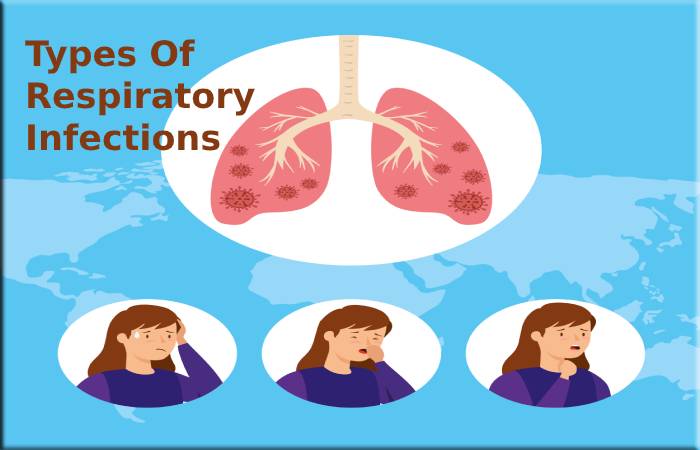

If you’re suffering from the flu and have a mild cough, avoid chilled beverages and iced drinks until you’re back in good shape.Tobacco smoke can act as an irritant and cause dysfunction in normal mucus production. Smoking should be avoided, especially if you’re already suffering from the flu.The cough may be dry or mucus-expelling, depending on the condition. It is marked by difficulty breathing, pain, discomfort, coughing and wheezing. Chest congestion can be described as an accumulation of fluids and mucus in the lungs.

Severe chest congestion may interfere with the heart’s ability to effectively pump blood throughout the body, causing congestive heart failure.Common colds, the flu, bronchitis, pneumonia and tuberculosis are some of the conditions that may bring on chest congestion. Chest congestion is a symptom rather than a disease in itself and is chiefly caused by viral, bacterial and fungal infections.
 Tips to get relief from chest congestion. Method 3: Use Steam with Essential Oils. Place the warm onion poultice on your chest or back Store and use the decongestant daily to clear chest congestion Stir in cayenne and ginger powder along with honey Causes and Symptoms of Chest Congestion. It can also make feeding more difficult, as the baby must stop sucking in order to take a breath now and then. Not only that: a young infant isn't able to breathe well through his mouth, so any congestion can interrupt sleep, causing him to wake up. A baby isn't able to blow his nose, so the mucus in the nasal passage has no way of coming out without help from an adult. Newborns and babies younger than 3 or 4 months have a tough time with congestion as it can cause discomfort in many ways. Slightly elevated temperature (a high fever over 100.4 degrees Fahrenheit is rare, but if that’s the case, contact your baby’s healthcare provider). Nasal discharge that may be clear at first but then thickens and turns yellow or green Here are additional symptoms of respiratory infections to look out for: When your baby is experiencing congestion, it's likely that she has developed an upper or lower respiratory tract infection. Sometimes you can see that she has a stuffy nose, and may even have mucus dripping from her nose as well, which is another sign of congestion. Your baby can't tell you that she's congested, of course, but you may notice her making more noise when she breathes, or having more trouble taking liquids. If it’s more than a cold, such as pneumonia or bronchiolitis, your child’s healthcare provider may prescribe medication to treat the underlying infection, which in turn can help relieve the congestion. In most cases, a cold can be treated at home with simple remedies that can help alleviate symptoms like congestion and help make your baby feel more comfortable. Since congestion is only a symptom of an underlying illness, your child must first get over the infection causing the illness for the congestion to completely clear. These infections can easily spread through respiratory droplets in the air or by contact with contaminated surfaces or family members who are ill. It’s very common for babies to develop upper respiratory infections, such as colds, or lower respiratory tract infections, sometimes even in their first few months.
Tips to get relief from chest congestion. Method 3: Use Steam with Essential Oils. Place the warm onion poultice on your chest or back Store and use the decongestant daily to clear chest congestion Stir in cayenne and ginger powder along with honey Causes and Symptoms of Chest Congestion. It can also make feeding more difficult, as the baby must stop sucking in order to take a breath now and then. Not only that: a young infant isn't able to breathe well through his mouth, so any congestion can interrupt sleep, causing him to wake up. A baby isn't able to blow his nose, so the mucus in the nasal passage has no way of coming out without help from an adult. Newborns and babies younger than 3 or 4 months have a tough time with congestion as it can cause discomfort in many ways. Slightly elevated temperature (a high fever over 100.4 degrees Fahrenheit is rare, but if that’s the case, contact your baby’s healthcare provider). Nasal discharge that may be clear at first but then thickens and turns yellow or green Here are additional symptoms of respiratory infections to look out for: When your baby is experiencing congestion, it's likely that she has developed an upper or lower respiratory tract infection. Sometimes you can see that she has a stuffy nose, and may even have mucus dripping from her nose as well, which is another sign of congestion. Your baby can't tell you that she's congested, of course, but you may notice her making more noise when she breathes, or having more trouble taking liquids. If it’s more than a cold, such as pneumonia or bronchiolitis, your child’s healthcare provider may prescribe medication to treat the underlying infection, which in turn can help relieve the congestion. In most cases, a cold can be treated at home with simple remedies that can help alleviate symptoms like congestion and help make your baby feel more comfortable. Since congestion is only a symptom of an underlying illness, your child must first get over the infection causing the illness for the congestion to completely clear. These infections can easily spread through respiratory droplets in the air or by contact with contaminated surfaces or family members who are ill. It’s very common for babies to develop upper respiratory infections, such as colds, or lower respiratory tract infections, sometimes even in their first few months. 
It often leads to a wet-sounding or productive cough.Ĭongestion that affects the chest is caused by a lower respiratory tract infection. Similarly, chest congestion happens when the airways of the lungs swell and then fill with mucus, which can make breathing difficult. Sometimes, nasal congestion also includes discharge, more commonly called a runny nose.Ĭongestion that affects the nose and throat is typically caused by an upper respiratory tract infection such as a cold. This, in turn, results in what’s commonly called a stuffy nose, which is often described as a "plugged” feeling. Nasal congestion happens when the nose and its surrounding tissues, including the blood vessels, become swollen with excess mucus. Why Your Baby’s Nose and Chest Are Congested Find out how you can help treat your baby’s congestion at home, and when you may need to see her healthcare provider. However, because your baby can’t simply blow her own nose, you’ll have to take steps to help relieve your baby’s congested nose and chest. Chest and nasal congestion are common symptoms associated with the common cold and other respiratory infections.








 0 kommentar(er)
0 kommentar(er)
